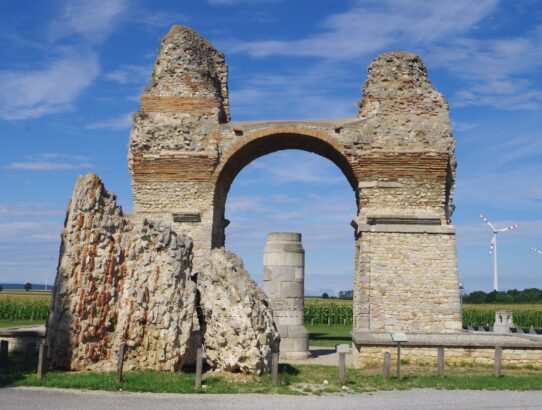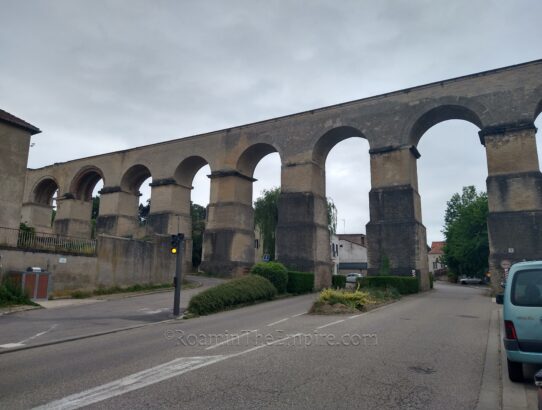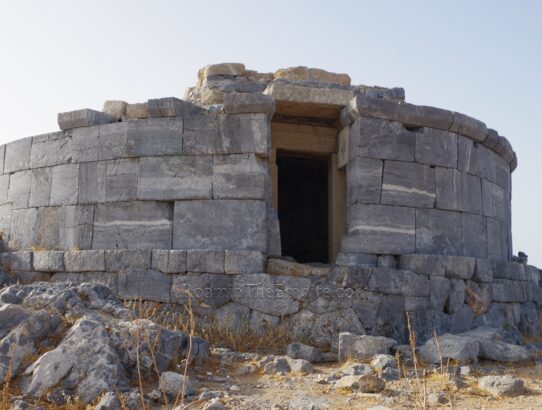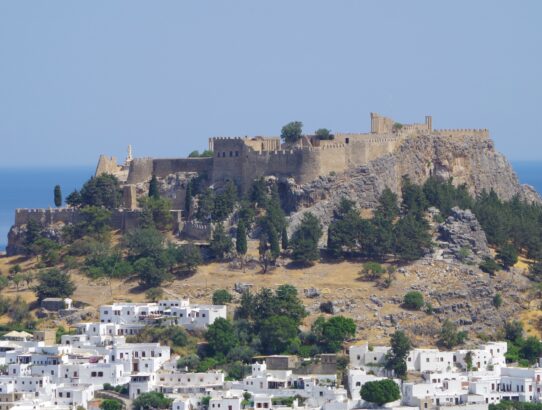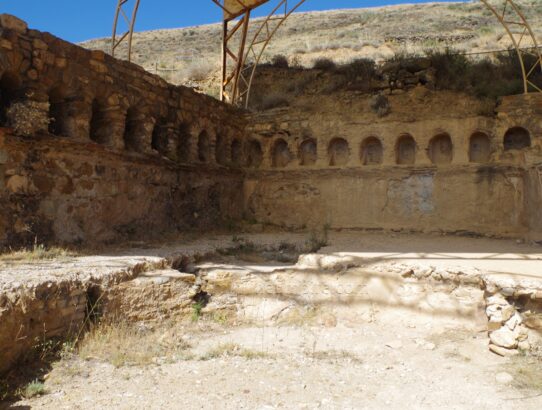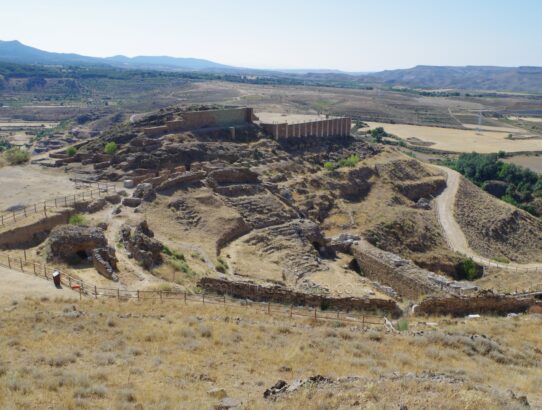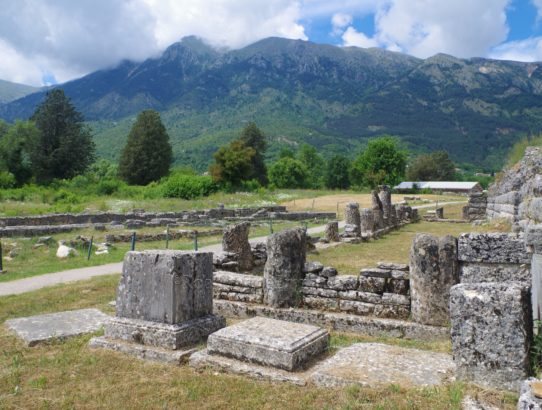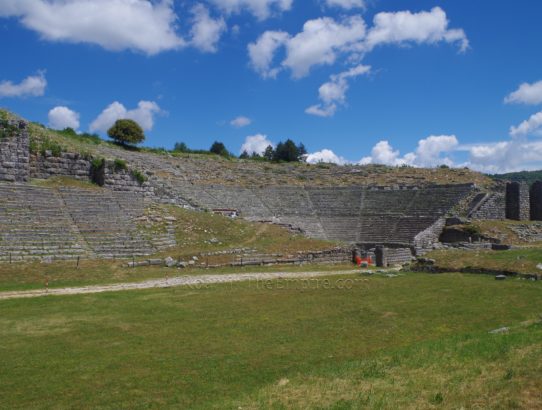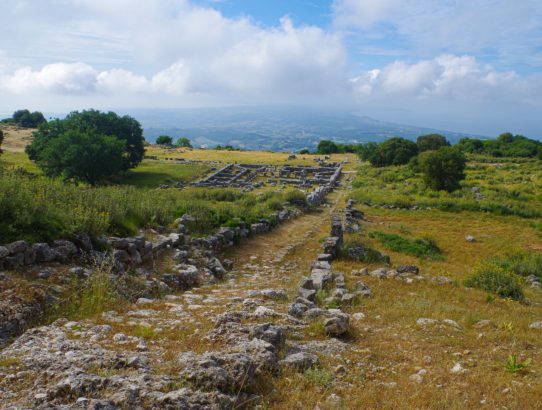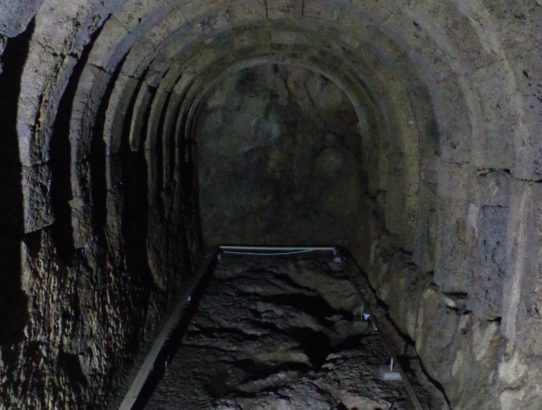Carnuntum, Pannonia Superior – Part I
Most Recent Visit: August 2021 Situated on the south bank of the Danubius (modern Danube River), the area of Carnuntum was originally inhabited by the Illyrian-Celtic Boii, who had an oppidum on the hill where the Hainburg Castle now resides, a few kilometers away from the military camp of Carnuntum. The name probably derives from…
Read More


